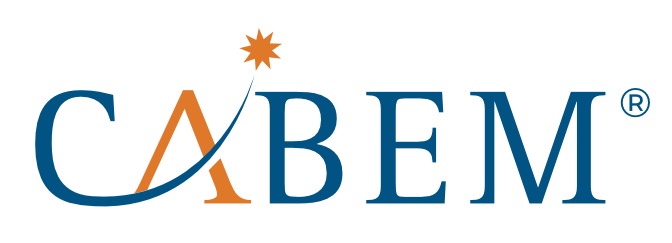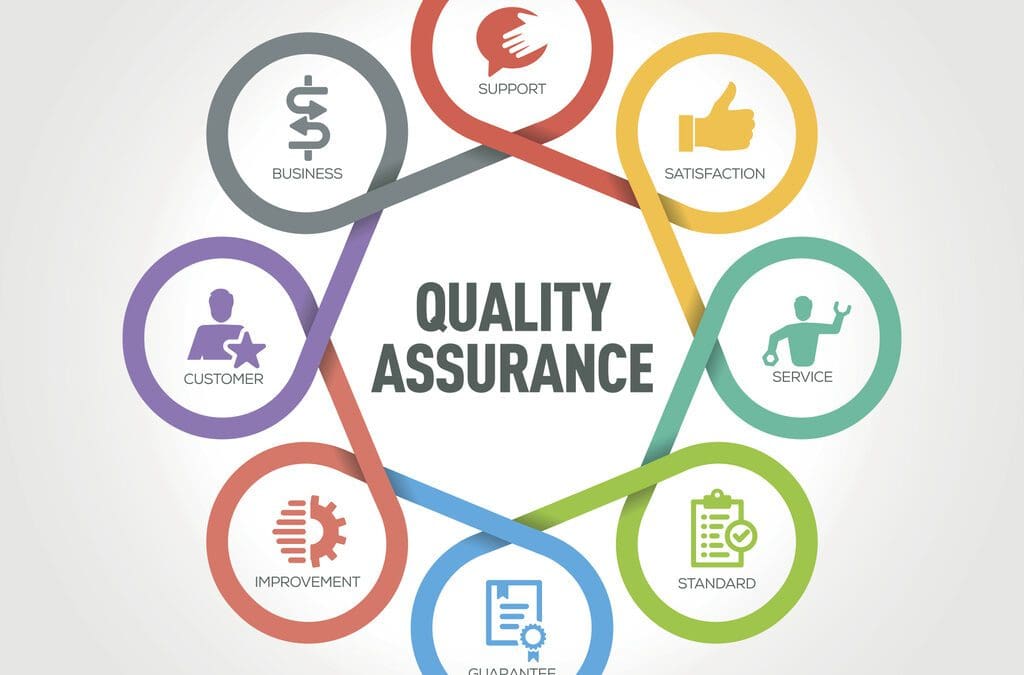Maintaining Standards of Excellence with Competency Management
In any business environment, driving systematic and continual improvement across the business, as well as excellence in customer satisfaction is crucial. Quality management is the process of continually controlling, monitoring, and evaluating quality and making improvements. This key tool for achieving a brand’s best before going to market is what happens when quality assurance and process improvement are brought together. It involves setting goals, identifying where these goals are not being met, and making adjustments accordingly.
Quality management and quality assurance are both extremely important in order to deliver professional and accurate work for any business. Customer expectations are rising and companies must find ways to meet these growing expectations and differentiate themselves from other businesses. When all employees are striving for excellence, organizations are able to deliver the best products and services possible to their customers.
In order to deliver this high-quality work to its customers, organizations must have a quality assurance tracking system in place. A competency management system provides checks and balances that keep errors from occurring and slipping through the cracks. A management system for tracking quality assurance maintains workflow and makes sure the quality of the work is in line with company expectations. Let’s take a look at the value of quality assurance tracking in the workplace and how a competency management system will aid with compliance, provide transparency across the organization, and build customer satisfaction.
What are the benefits of quality assurance tracking?
Quality assurance ensures products and services in an organization are reliable. It is the process of establishing and maintaining a standard of excellence. There are many benefits to adhering to quality assurance guidelines.
- Improved Business Reputation: Customer confidence increases when customers learn they can rely on the business. The organization becomes known as a quality provider. Clients will be happier because the final product meets high standards and expectations. This increases their trust and support of the company.
- Staff morale increases: Employees feel proud of their role in the organization. They are more motivated to stay on track with assignments since established processes and controls are in place. Everyone is being held to the same high standard. A unified mission is established and everyone strives to achieve it.
- Transparency in the Workplace: Feedback and communication are constant because processes are regularly being measured and monitored. When employees are able to provide input on how to improve workflow, a level of trust is established. They see how carefully managed and supported their work is.
- Effective Training: Managers are able to train employees using the proper methods and techniques that are appropriate for their roles. Assurance tracking allows for effective monitoring of processes that are working and what is detrimental to the team’s progress. Employees embrace the constant need to adapt and make important improvements that help a business move forward into the future.
- Consistency in All Operations: Quality assurance tracking maintains consistency and makes sure all operations are running smoothly. This is key to keeping a stabilized team and organization. A company’s success is reliant on a system that is able to minimize the risk of negative results.
- Effective Problem Solving and Decision Making: It becomes easier to cultivate a work culture unopposed to facing complex issues. Employees are able to seek out more effective methods of problem-solving. Monitoring and evaluating processes occur consistently and in real-time, so leaders are able to make decisions based on accurate data. The goal of quality assurance is to achieve continuous improvement, so decision-making is critical to the workflow. Decisions can be made in a proactive manner.
How does quality assurance make sure any industry meets its goals?
Quality assurance is used in a variety of industries. In healthcare it can be used to determine staffing capacity, the number of beds available, and types of specialties and services. In education, it is crucial to have a regular, systematic review of school leaders, student assessments, subjects, and evaluations. In construction, one of the biggest issues facing professionals is the amount of work that needs to be redone as some of the team may not have the resources they need in order to do the job correctly the first time. A quality assurance measure preventing this type of rework is developed to prevent these issues from reoccurring. Businesses can develop detailed checklists, perform audits of past assignments, review process documentation and standards before project kick-off to ensure that operations for project management are on a solid foundation. Quality assurance tracking makes sure processes are moving forward and error-free.
Maintaining consistency and quality across industries and nations is challenging. In a global marketplace, one way to maintain these necessary checks and balances is with international standards, also known as ISOs. These standards represent a trusted symbol of quality. Becoming ISO certified allows your business to gain international recognition by meeting the standards that are important to your industry. It shows commitment to those standards and can be recognized by potential customers, existing customers, and your staff.
The International Organization for Standardization is an independent and non-governmental organization that develops standards to ensure the efficiency, safety, and quality of products, services, and systems. The standards include requirements, specifications, guidelines, or characteristics that can be applied consistently within an industry.
How can a competency management system help ensure quality assurance?
Quality assurance tracking makes sure that strict protocols and high-quality standards exist. Capturing information on-site is one of the most important steps in the process. The organizing and analysis of the data that is captured is crucial. A good management system will automatically aggregate all of this captured data and automate real-time analytics. This is the only real way to guarantee measurable improvement to a business on an ongoing basis. It aids in compliance, transparency, and customer satisfaction.
CABEM’s Competency Manager includes powerful reporting capabilities out of the box. Their skills matrix called the interactive Activity Grid is a skills inventory that makes it easy to zero in on user progress toward completion. The Activity Grid allows Managers, Mentors, and System Administrators to view the details of a user’s progress for all assignments, as well as the ability to act through approval signoffs, assessments, and multiple other actions right from within the same screen. Discriminating filters provide the most efficient way of accessing important business intelligence in real time.
At CABEM they understand the difficulties organizations face in managing and tracking quality assurance, credentials, and employee performance. We created our competency management software to address these challenges. Our Competency Manager software can be used to manage employee competency as it tracks credentials, stores documents, sends automated alerts and conducts training and assessments. Our system allows for all day-to-day learning, whether experiential, mentorship, or peer-to-peer, to be captured and documented formally within a software system.
If training and quality assurance are top priorities for your organization, but your competency management doesn’t feel credible, isn’t repeatable, or leaves your team feeling uneasy as they prepare for audits, CABEM can help. If you would like to learn more, please visit our website and schedule a call today.

